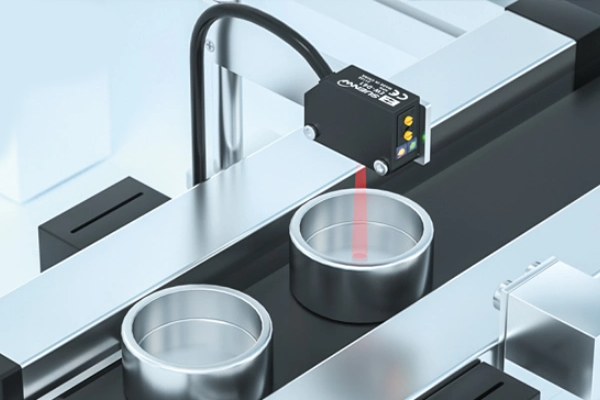
Photoelectric sensor:
The photoelectric sensor emits visible and invisible light through a transmitter, and detects changes in the amount of light reflected or obstructed by the detected object through a receiver, thereby obtaining an output signal.
Reflective photoelectric sensor
Integrating the light-emitting element and the light receiving element into a sensor amplifier to receive reflected light from the detected object.
The advantage is easy installation, but the disadvantage is that it is easily affected by the surface condition of the object being detected. If the object being detected has poor reflectivity, such as dark objects, false detection may occur; If there is a highly reflective background behind the detected object, it is likely to be interfered by the background and cause false detection.
Transparent photoelectric sensor
The transmitter/receiver is in a separated state. If a detection object is placed between the transmitter/receiver, the light from the transmitter will be obstructed.
The advantage is that the detection is stable and not affected by the surface state of the product; The disadvantage is inconvenient installation, and the installation position of the receiver must be considered.
Retroreflective photoelectric sensor
Build the light-emitting element and light receiving element into the sensor amplifier to receive the reflected light from the detected object.
The light emitted by the light-emitting element will be reflected by the reflector and received by the light receiving element. If it enters the detected object, it will be blocked.
Mirror reflection has the advantages of reflection and reflection, easy installation, and is not affected by the product's condition. Transparent objects can also be detected.
The above are the relevant classifications of photoelectric sensors. Please stay tuned for the next related tweet to learn more about sensors.

